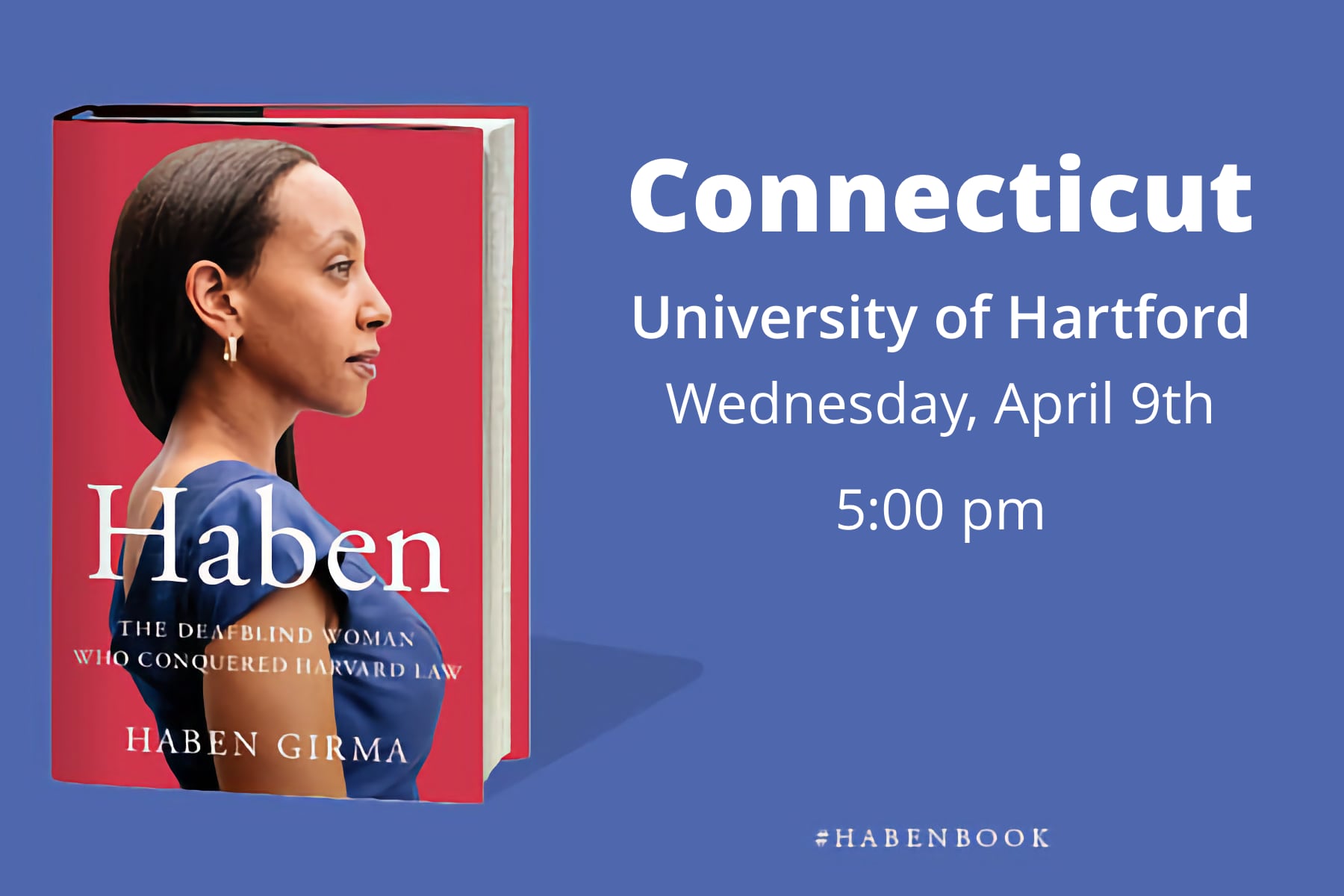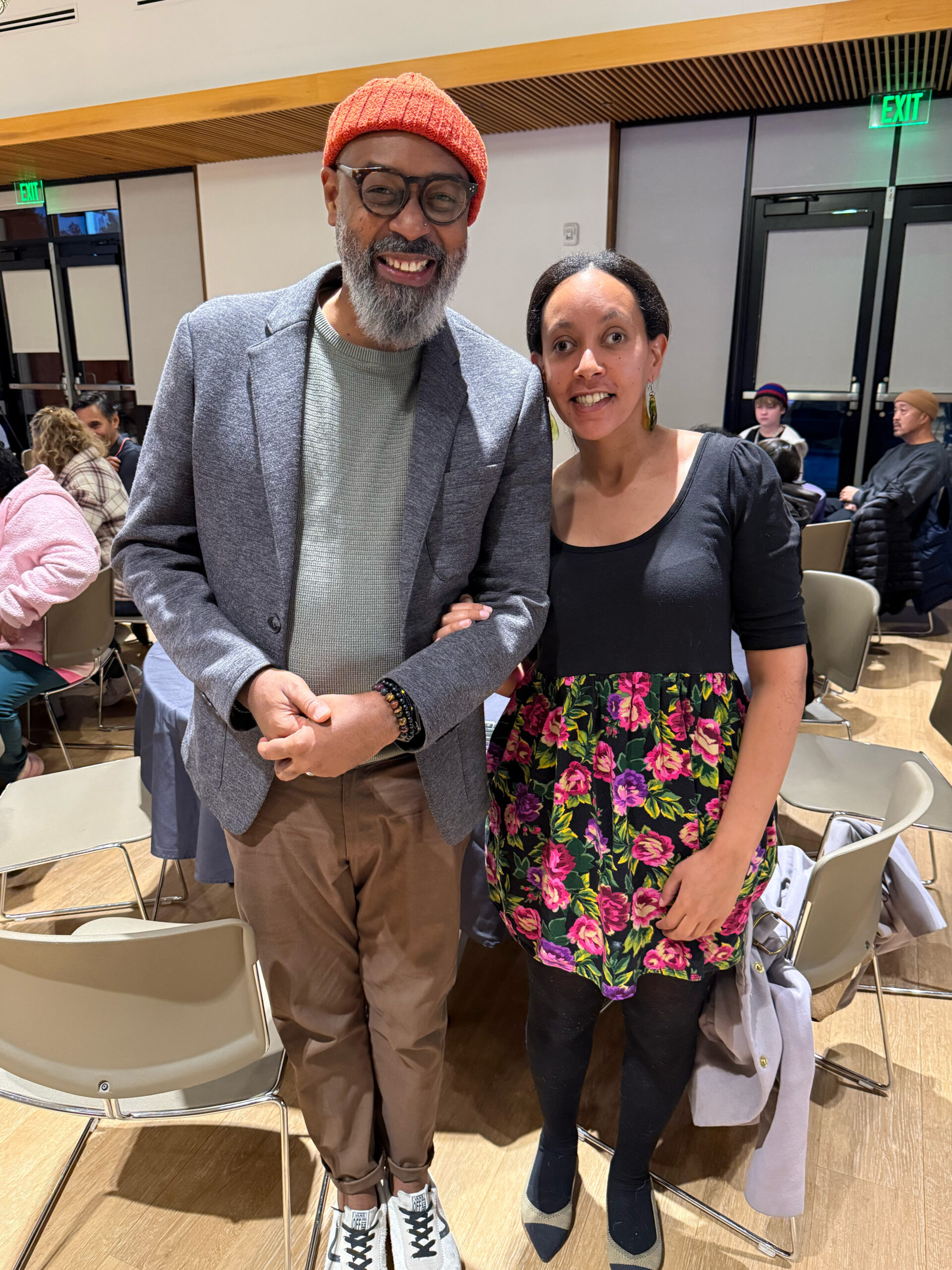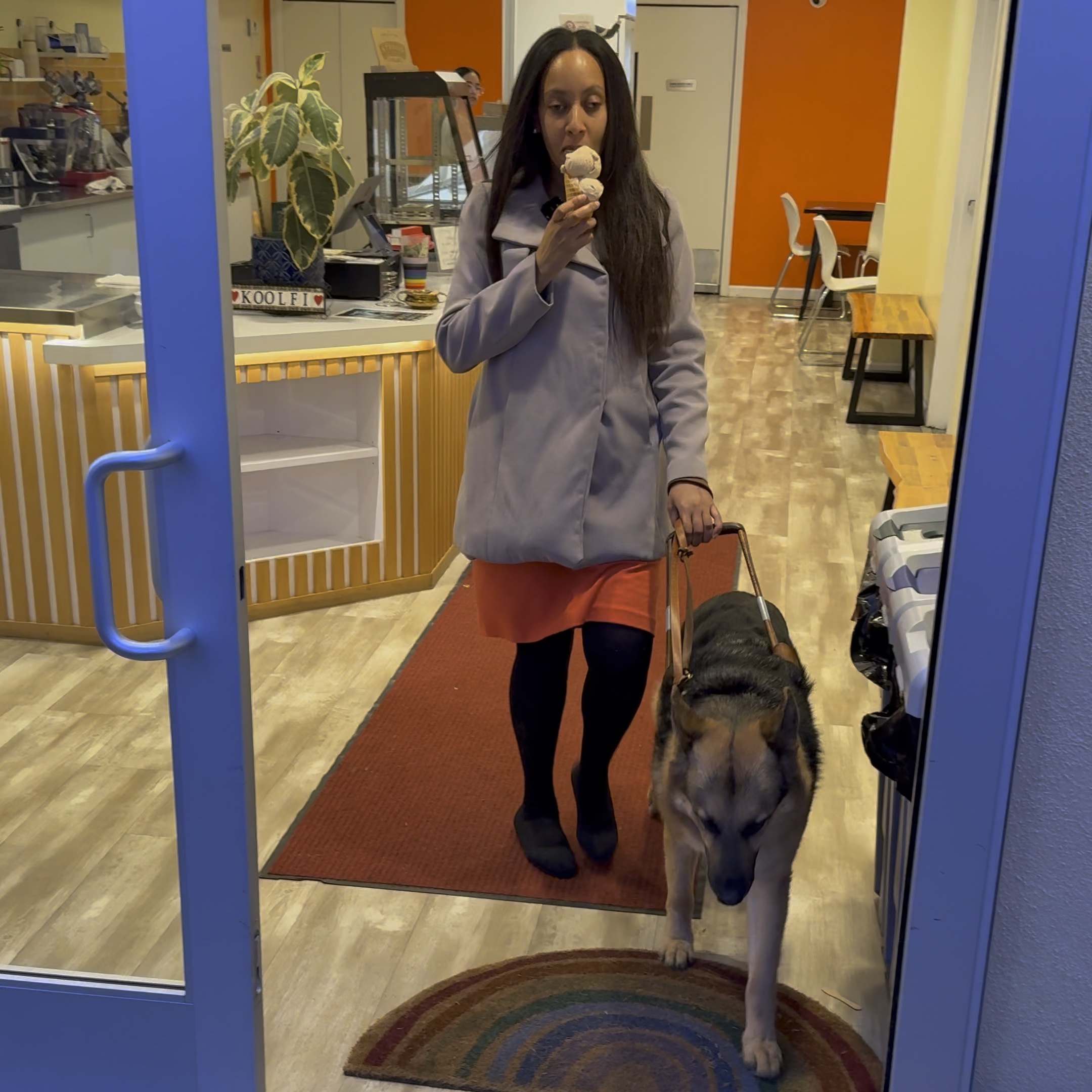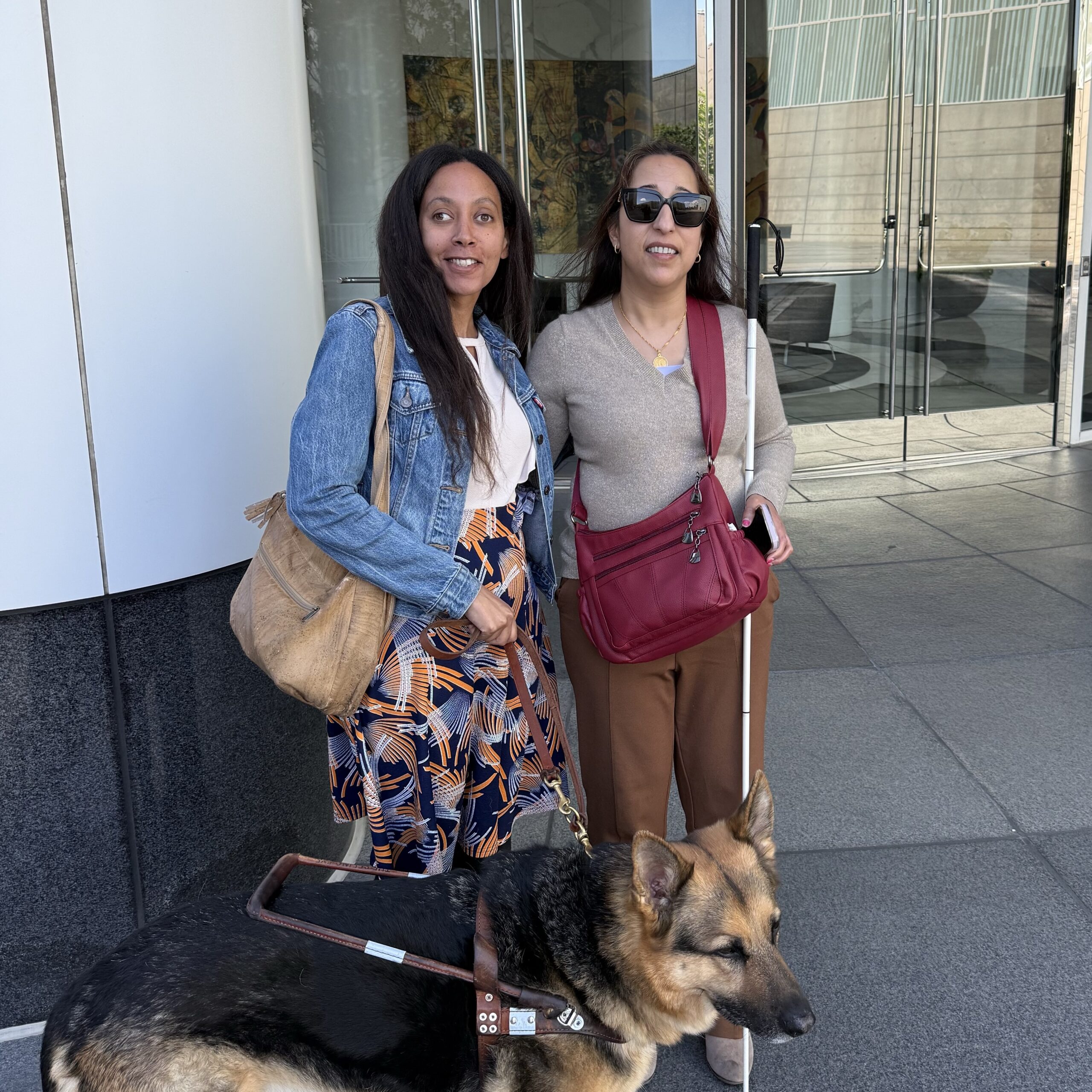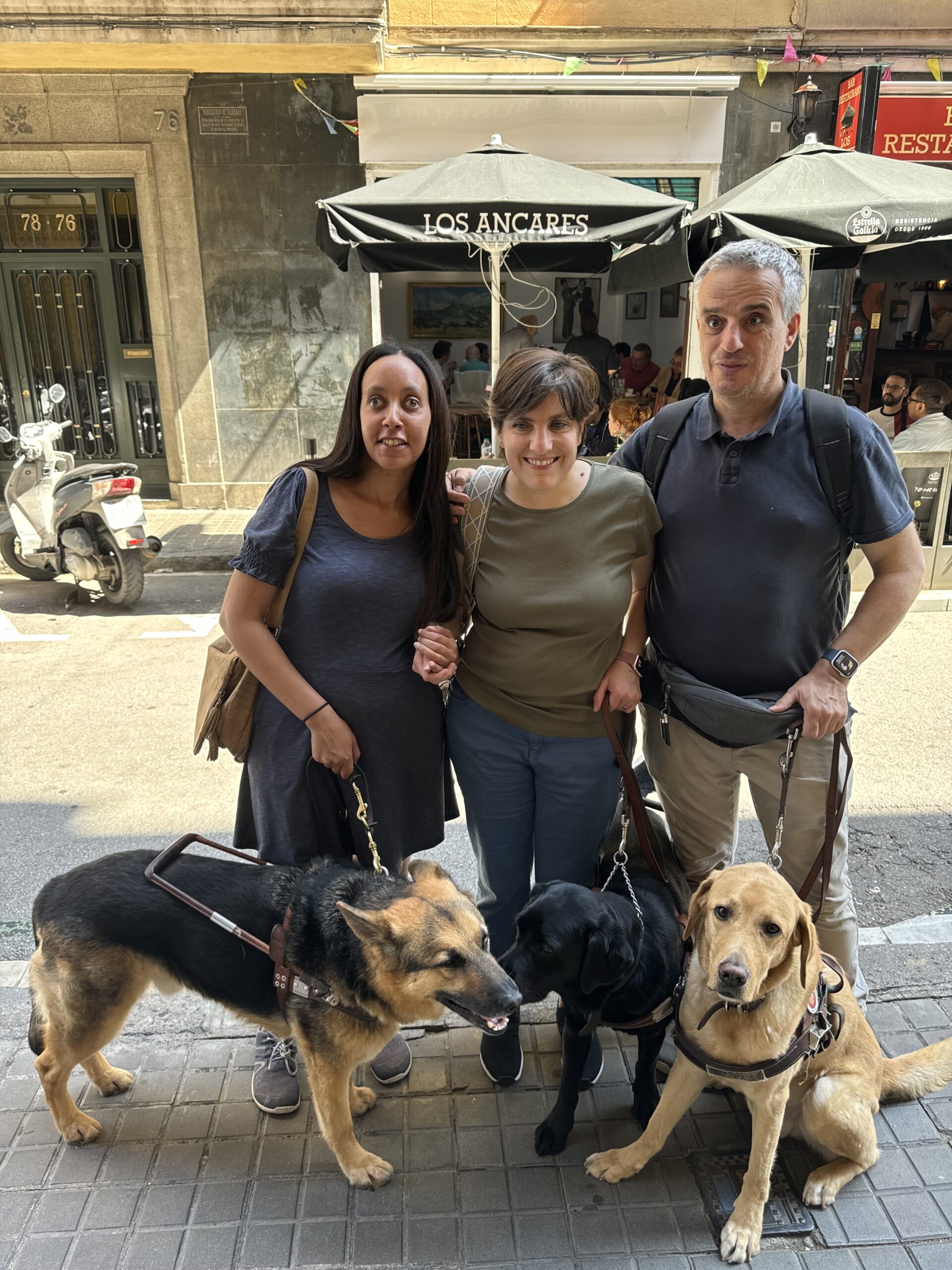I broke my ankle, and let me tell you: using a wheelchair while Deafblind is an experience for the next book! In honor of #DisabilityPrideMonth here are my favorite things about using a chair.
Thank you to my friend Dr. H’Sien Hayward, a psychologist and experienced wheelchair user, for patiently answering all my chair questions!
Descriptive Transcript
Video description: Haben, a woman with medium dark skin, dancing hazel eyes, and long dark hair, sits in a manual wheelchair. She has a microphone clipped to her black, wrap-style dress, and a support boot on her left foot. Behind and above, a canopy of trees provide welcome shade on a summer day.
Haben: I broke my ankle and now I have three disabilities! Three! If you’re organizing a disability panel, you’re in luck! You can just hire me. I offer triple the perspectives, triple the wisdom, triple the speaking fees!
You’re probably wondering what happened. When we ask people that question, we’re inviting them to share their trauma, their pain, and not everyone wants to share their injury story. I don’t ask people for their injury story. If they want to tell me, great! Beautiful! If not, that’s okay.
Rather than focusing on the break, I’m going to focus on the rebuild. That story starts at the hospital. X-rays showed there’s a fracture, and the nurse gave me crutches. I asked, “How do blind people use crutches?”
The nurse said, “I’ve never been in this situation before.”
Well, I’ve never broken a bone before.
We quickly realized the easiest solution would be to use a wheelchair.
Getting a wheelchair is actually tricky. The gold standard is to have a chair that’s custom designed for your body and lifestyle. That takes months, and the cost is astronomical!
I needed my mobility back. Like many women tired of being told to wait, I turned to Amazon. The chair arrived the very next day! I got my mobility back! And I want to share some of my favorite things about using a wheelchair.
The top one is freedom. Having the chair means I can roll out of the house. We’ve taken the chair across the country on planes, gone to parks, friends’ barbecues… That is possible because so many advocates have fought for policies and laws that would make more of our world wheelchair accessible.
My second favorite thing about having a wheelchair is that wherever you go, you have a seat. And this seat with a fancy cushion is way more comfortable than most of the other seats.
Third, as someone who can’t drive because I’m blind, it’s actually quite fun to be able to roll on my own wheels. A smooth hallway turns into a runway, and I’ve been enjoying that!
Cross-disability friendships are super important, and one of my good friends is Dr. H’sien Hayward. She’s been teaching me a lot about wheelchair life.
Video description: Dr. H’Sien Hayward, a smiling woman with light skin, voluminous blonde hair styled in soft curls swept to one side, and wearing a black blouse with puffed, short sleeves speaks from a video recording. She is sitting in a warmly lit room with high, slanted wooden ceilings and floral artwork on the walls.
H’Sien: Happy Disability Pride Month! I remember a moment many years ago that revealed to me just how sacred life in a chair can be.
Photo: H’Sien grins while surrounded by pigeons in a sunny courtyard. She’s dressed all in black, including her sporty, manual wheelchair.
H’Sien (voiceover): It was the early 2000s and I was volunteering in Mongolia. We had brought about 250 wheelchairs and set up a clinic in the capital city of Ulaanbaatar.
Video returns to her speaking.
H’Sien: And a woman of around 70 arrived. I was told that she had been paralyzed 44 years earlier from a stroke, and that her family had just brought her by horseback across the Gobi Desert for three days to our clinic. She was about to receive her first wheelchair, and when she did, tears began to stream down her face. Not tears of sadness because she was about to begin a life confined to a wheelchair. No, these were tears of joy because she got to spend a life liberated by a wheelchair.
Video returns to Haben.
Haben: Thank you, H’sien! Everyone should have a H’sien in their lives.
I’m also really grateful for my family for helping with so many different things. My mom in particular has been cooking for me and she is a phenomenal cook! She is really, really good! I might have to fracture another bone.
The bone should have a full recovery, and in the meantime, I’m enjoying chair life and reading lots of good books. One book I strongly recommend is a book called Haben: The Deafblind Woman Who Conquered Harvard Law.
Photo: Mylo, a German Shepherd dog with pointy ears, gazes with fascination into the pages of a book. The cover has an image of Haben facing forward confidently in a blue dress. The background is a warm red, and the title appears in white text.
Haben: Ask your library and bookstore if they have it! And if you enjoyed it, share it. Leave a good review!
This is not the summer I planned, but it’s definitely a summer going in my next book.
